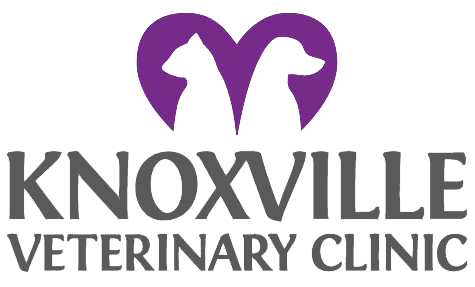Library
-
A pre-visit pharmaceutical (PVP) is a medication or combination of medications given before a veterinary visit to reduce fear, anxiety, or stress associated with a veterinary visit. There are many different medications and medication combinations. Your veterinarian can provide the best recommendation for your dog.
-
Preanesthetic bloodwork is an important step in the evaluation of pets undergoing anesthesia or surgical procedures. Bloodwork can help diagnose a variety of internal disorders, many of which could negatively affect your pet's anesthetic and surgical safety. By diagnosing and treating any underlying medical disorders before surgery/anesthesia, your veterinarian can make anesthesia as safe as possible for your pet.
-
Next to you, the most important person in a dog's life is your veterinarian. Keeping your dog healthy requires exercise, excellent nutrition, and consistent medical care. Your veterinarian can help you with all three components of your pet’s healthy lifestyle. Since you and your dog will make many trips to the veterinary hospital over the years, start preparing your dog for these visits as a puppy.
-
A telemedicine visit is typically conducted over telephone, text messaging, chat, email, or videoconference. This may allow a veterinarian to diagnose and treat your pet’s medical condition remotely, without the need for an in-person visit. Your appointment will be conducted by a licensed veterinarian.
-
Preparing your cat to travel to the vet is one of the most important investments you can make during the lifespan of your cat. Cats should visit the veterinary hospital at least once yearly. The smoother the experience goes, the least amount of stress both you and your cat will experience.
-
Winter cold weather poses several risks for our pets. This article outlines some of the key risks and how to avoid them, to keep your pet safe year-round.
-
Good hygiene takes practice, but starting early will make keeping your pup clean easier for his entire life. You can start some of these jobs shortly after your puppy arrives home. Be sure to keep a calm voice and use food rewards as positive conditioning to make it a positive experience.
-
When families shelter together for extended periods, as occurred during the COVID-19 pandemic, pets enjoy nearly constant companionship. As people resume an active lifestyle, pets are suddenly faced with being alone. They may experience distress related to this loss of companionship. Treatment is discussed, such as independence training and an incremental program of safe departures. If your pet shows continued signs of distress related to being alone, it is important to seek professional help to prevent escalation.
-
The American Animal Hospital Association and American Veterinary Medical Association have established guidelines to standardize preventive health care for cats, helping them to live longer, healthier lives. This handout provides an overview of the recommendations within these guidelines and why they are so important.
-
The American Animal Hospital Association and American Veterinary Medical Association have established guidelines to standardize preventive health care for dogs, helping them to live longer, healthier lives. This handout provides an overview of the recommendations within these guidelines and why they are so important.


